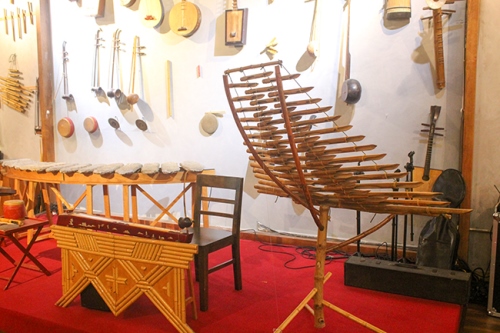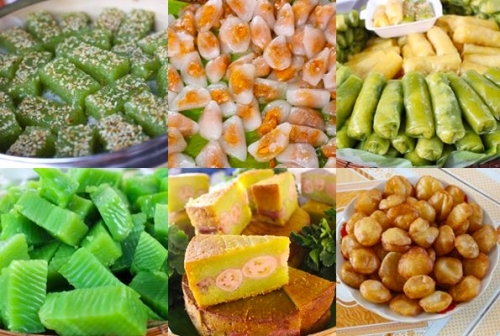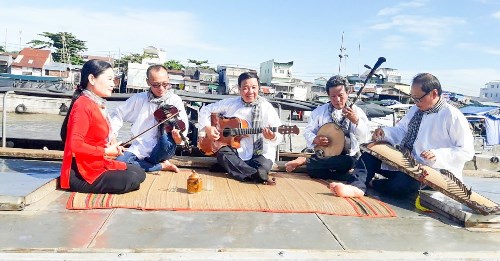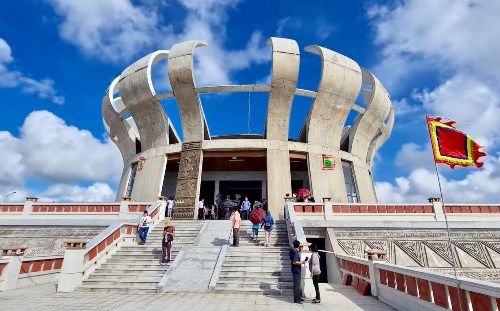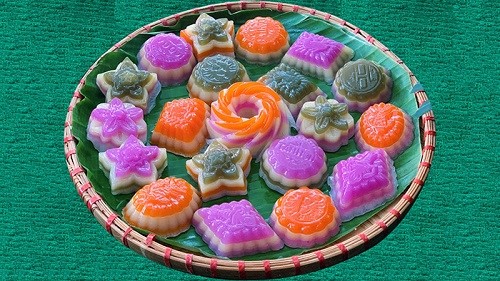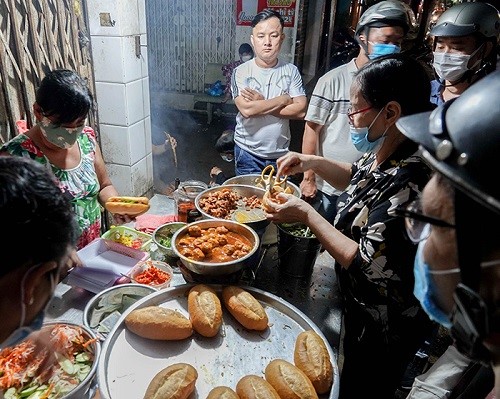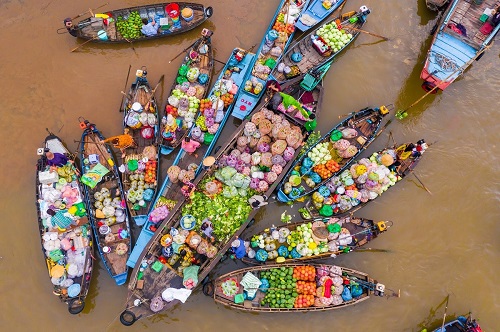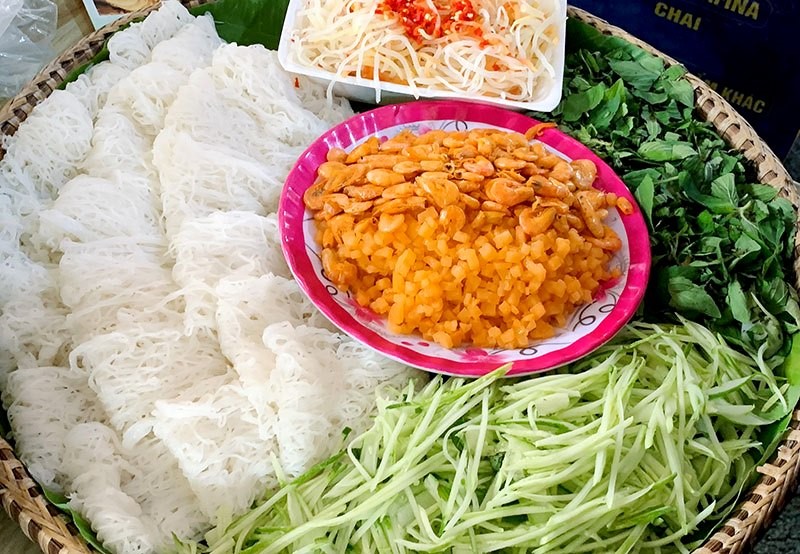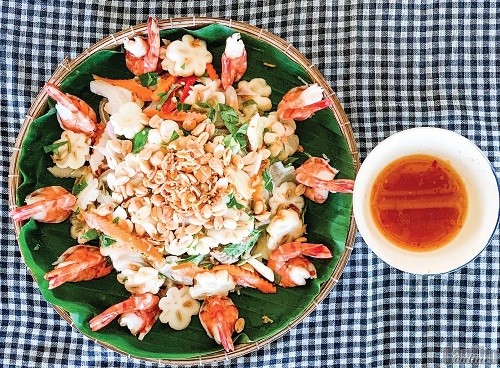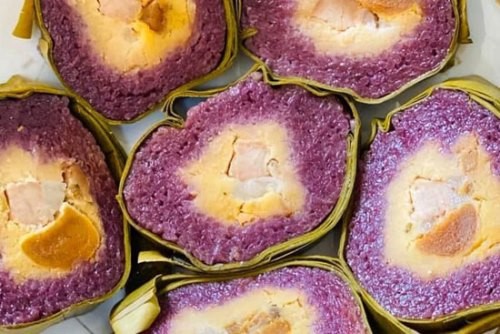
The first task for migrants is to find land to build their homes and establish a stable long-term life on the new land. Therefore, "the settlement process of migrants often follows a sequence: establishing villages, markets, and communal houses... During the period when land is still undeveloped, migrants often choose locations with convenient river ports and spacious areas with freshwater (such as places with rivers, streams, and canals, or they can dig wells for water), avoiding marshes and swamps, not only to prevent diseases but also to protect themselves from wild animals. From there, they gradually expand their territory to develop land and increase production." (1)
Therefore, living near rivers and canals is the most common type of settlement in the Southwest region of Vietnam. Settling near rivers has created favorable conditions for transportation by waterways, and the alluvial deposits around rivers and canals have been beneficial for agricultural activities such as irrigation, and cultivation of rice, flowers, and other crops. Living near rivers also offers a cool and comfortable environment with various daily amenities such as bathing, fishing for aquatic products, exchanging goods, and trading,... This has gradually led to the formation of riverside towns. Trinh Hoai Duc described this in "Gia Dinh Thanh Thong Chi" about Sa Dec market town: "The market town runs along the riverbank, with houses on both sides relatively close to each other for five miles; there are bamboo rafts and huts used as rooms, tied together, selling silk fabrics from North and South, or selling oil, coal, bamboo, etc. There are hundreds of different goods both on the riverbank and under the river, creating a lively and prosperous atmosphere" (2).
The common type of settlement in the Southwest region of Vietnam is living near rivers and canals, known as "the river in front, the field in behind". People live in a long strip along the flow of the river, with each house separated by a piece of empty land, banana trees, or some other trees. The house is located in the middle, with a small path in front then the river. At the riverbank, people set up wooden plank bridges for washing, bathing, dishwashing, and other activities that require water. Sometimes, they only use one or two coconut tree trunks lying across the river as a bridge. On the trunk of the coconut tree, they use a knife to create steps for better traction when the tree is submerged in water for a long time. Next to the bridge is usually a place to dock boats for easy transportation. Sometimes, people build a thatched roof over the river to shelter their boats from the sun and rain. Along the riverbank are usually rows of trees such as bamboo, banyan, and coconut. This model is very convenient for farmers in the water area. In the morning, they work in the field behind their house and catch crabs and snails. In the afternoon, they go to the riverbank to bathe, wash clothes, fish, lay nets, and pull fishing lines. If there is no need to travel far, the basic needs of life can be met by staying around their house all day.

The people in Southern Vietnam still have a mentality about the location of their houses: "1st close to the market, the second close to the river", "above the dock, below the boat". Image: DUY KHOI.
The second type of settlement that we often see is in the intersection of the water-flow areas. This is where markets, trade, exchange of goods, networking, and information exchange take place. The intersection of the water-flow area is a place where boats and ships often stop to rest, visit restaurants and wait for the next tide. This is very convenient because both trips go downstream, making it easier to row and less exhausting. "While traveling on the southern canals of Vietnam, whenever we encounter a place is the intersection of the water-flow area, we always see a big or small market, at least a small community with a few shops, because the intersection of the water-flow is a place to the water flow change; nine out of ten boats stop waiting for the next tide. During the break, people go ashore to buy food, and supplies and drink tea, and coffee, and then a market naturally emerges. In summary, the area adjacent to water is like a train station with a place to rest on the waterway." (3)
In addition to opening food and beverage shops, residents living near the intersection of the water-flow also open various stores such as tailoring, boat and ferry repair, pot and pan repair, grocery stores, and more. The intersection of the water-flow area is a good place to do business, so more and more people are moving in, leading to the proliferation of stores and the creation of a bustling and lively market community. Over time, these markets and communities develop into neighborhoods where people live and work together, sharing hardships, difficulties, love, and mutual support.
The next type of settlement is located in front of the road and behind the river. This type of settlement was formed after the previous two models. This type of housing developed when land exploration was completed, social life developed, and trade demands were high. This type of housing is often concentrated in densely populated areas with convenient roads. The front of the house faces a dirt road or sometimes a paved road made of bamboo or asphalt. The road is relatively large, and opposite it is usually a row of houses, creating an opposing view and making this road a focal point. The back of the house is often next to a large river, where a bridge is built for easy access. This type of house usually has a platform in front and a stilt house at the back. The stilt house is used for personal activities such as cooking, placing water jars, and making bathrooms, and toilets. Sometimes people build a dock next to the house to park their boats. This type of housing not only provides convenience for living near a water source but also has two facades, front and back, for business or transportation when needed.
***
Due to the scattered settlements along the riverbanks and the low population density, villages in the Southwest region of Vietnam do not have village gates like in the North. "Houses rarely have a solid fence. The boundary between this house and the neighboring one may sometimes be a wide ditch of a few meters. If there is a fence, it is heavy in the agreement of the boundary and is used more for decoration than for protection against theft. The gate to the house is also similar, the gate usually does not close, in many places, the homeowners plant two Bauhinia or Ficus trees on both sides of the entrance, and twist the branches together to form an arched gate symbol"(4). Thus, due to the unique ecological environment in the Southwest region, the choice of settlement areas for the local people here is also different, leading to distinct ways of thinking, lifestyles, and customs.
---------------------
(1) Thach Phuong - Ho Le - Huynh Lua - Nguyen Quang Vinh (1992), "Folk culture of the Vietnamese people in the South", Social Sciences Publishing House, pp. 54-55.
(2) Trinh Hoai Đuc (1972), " Gia Đinh thanh thong chi", National Culture Publishing House under the Ministry of Culture, pp. 128.
(3) Nguyen Hien Le (2002), "Seven days in Dong Thap Muoi", Information and Culture Publishing House, Hanoi, pp. 34.
(4) Thach Phuong - Ho Le - Huynh Lua - Nguyen Quang Vinh, Sđd, pp. 55-56.
Source: Can Tho News - Translated by Hoang Dat





